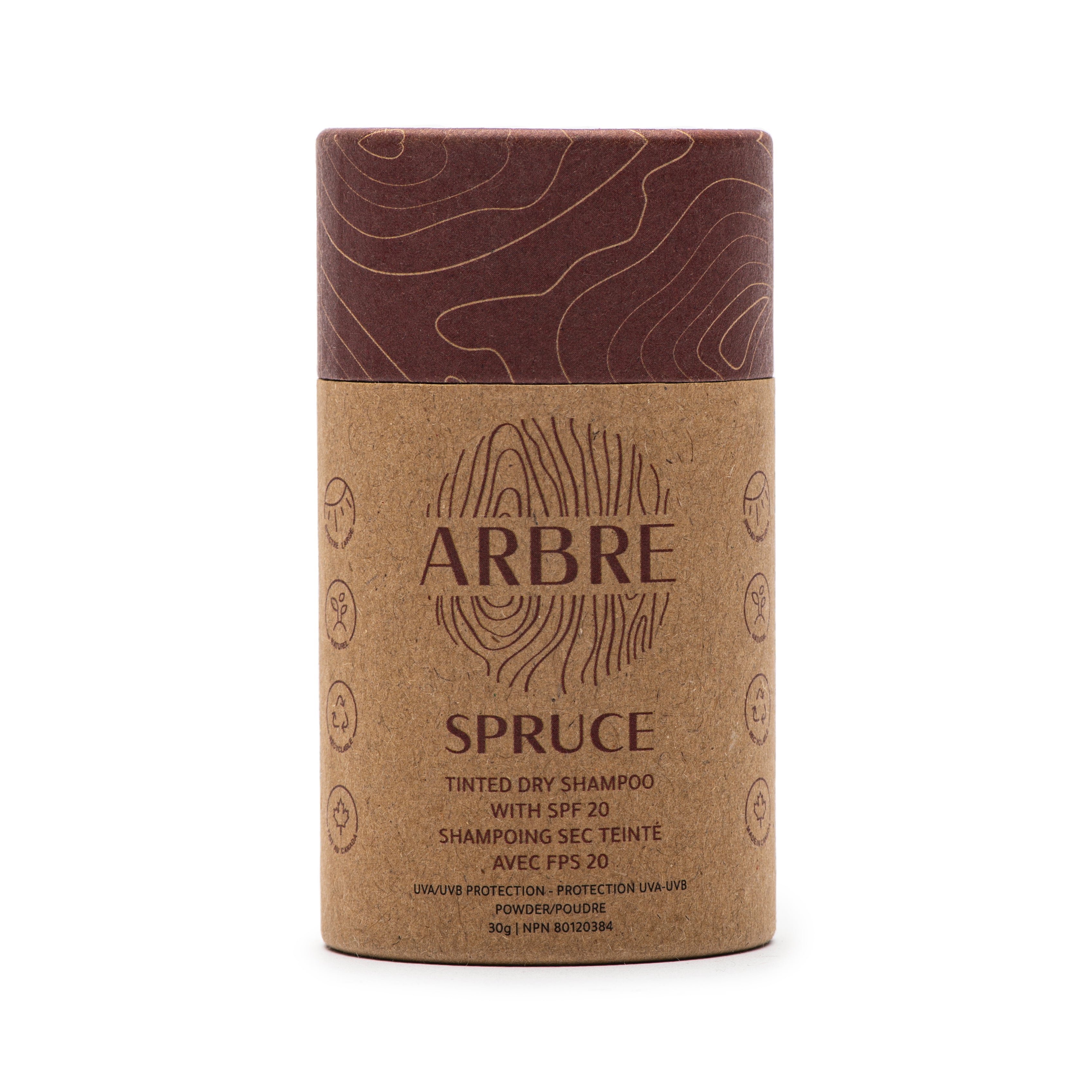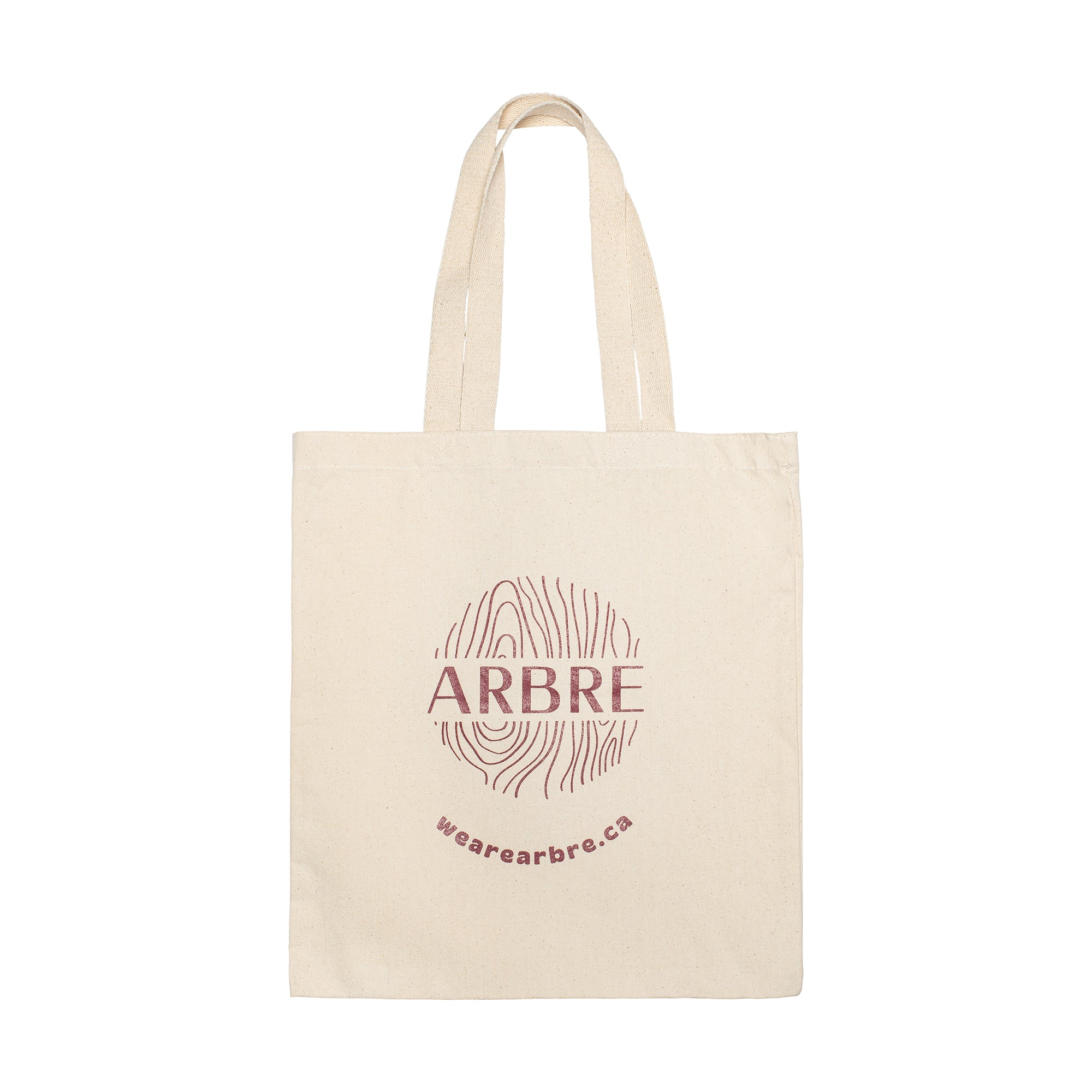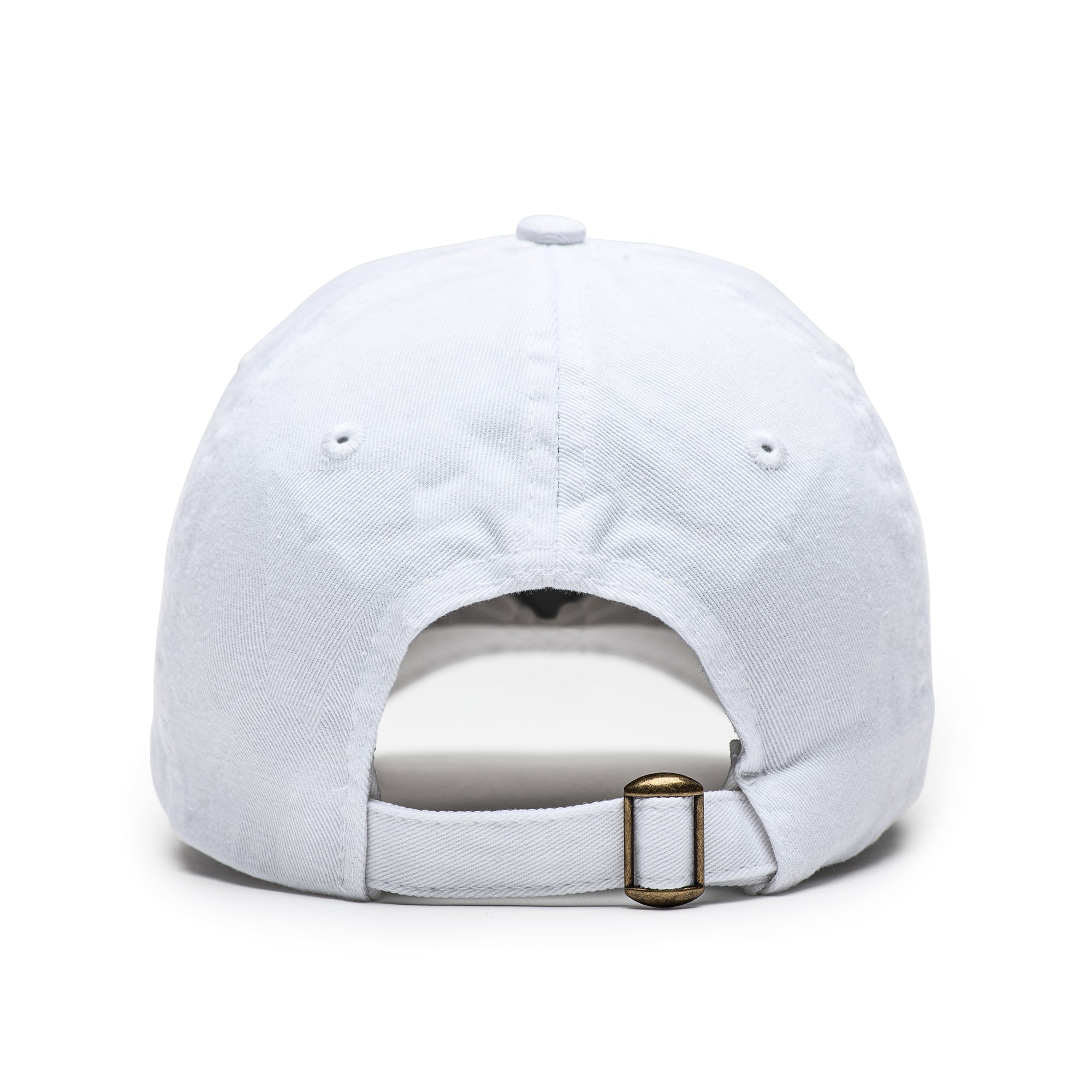There are many sunscreens on the market, as you probably know by just walking down the aisle in a pharmacy or grocery store. What you may not know is that sunscreens can differ in the ways that they provide sun protection.
According to Health Canada sunscreen regulations, all sunscreens must contain active ingredients that provide the skin protection from the ultraviolet (UV) rays of the sun. These active ingredients may be chemical or mineral ingredients, or sometimes a product can contain both.
Chemical sunscreens work by absorbing the UV radiation and converting it into small amounts of heat when applied to the skin. Some examples of these ingredients include avobenzone, octisalate, and octocrylene. One of the benefits of chemical sunscreens is that they tend to be less thick and are more transparent, compared to mineral sunscreens which can sometimes leave that dreaded “white cast” on the skin.
Mineral sunscreens, sometimes called physical sunscreens, are mineral compounds that provide protection by reflecting and scattering the UV radiation from the skin. They are literally providing a physical barrier of protection from the sun! Some examples of these mineral compounds that your products may contain are zinc oxide and titanium dioxide. Also, The Skin Cancer Foundation reports that mineral sunscreens are better for those with sensitive skin because they cause less irritation.
Next time you are purchasing a sunscreen, take some time to look at the ingredients list to better understand the type of sunscreen you are using, and whether it is the correct type for you and your needs!







Leave a comment